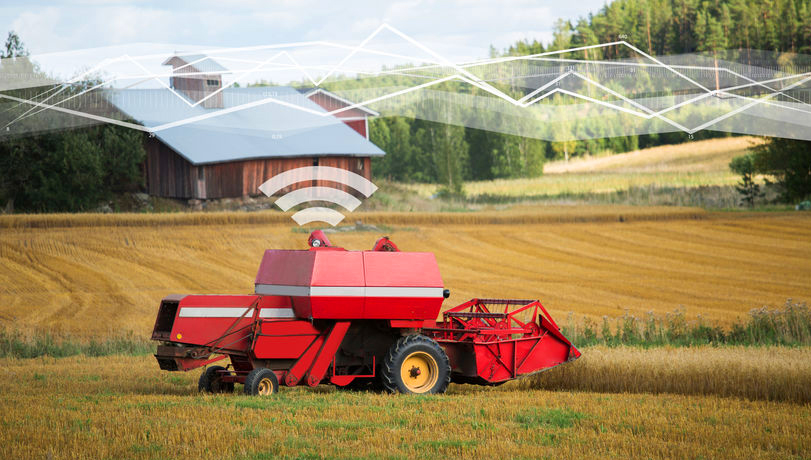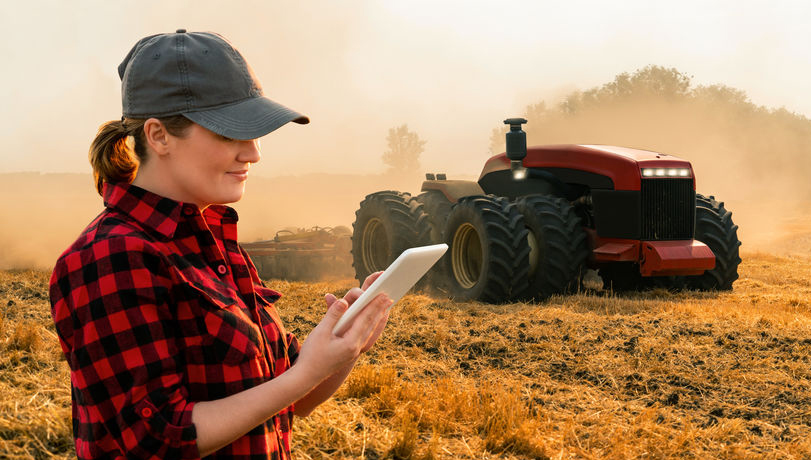These setbacks are desperately in need of solutions’ many of which can be found in modern technologies such as Big Data, Artificial Intelligence (AI), Machine Learning, and Blockchain, among others. Fortunately, momentum around data-driven agriculture is moving at an accelerated pace because of drivers like Industry Revolution 4.0, where sensors and data analytics are moving and shaking the grounds of this sector.
Take Malaysia for example; its agricultural industry – palm oil, rice, food crops and rubber – plays a major role in contributing to the country’s economy and GDP. This is especially true for palm oil. The production of palm oil in Malaysia accounts for 39% of the world’s total palm oil production. The application of cutting edge technologies such as AI and Machine Learning are set to enhance the ability of palm oil mills to reduce labor costs, optimize production, and reduce wastage while producing better quality Crude Palm Oil and kernels.

Moving over to Malaysia’s neighbour; Indonesia – they are harnessing the power of Big Data and drones technology to bring increased precision to their farms. First the drones and weather sensors will gather the raw data, after which, said data will be fed into the Big Data Analytics software. From this, various metrics can be measured, from soil conditions to meteorological trends. The information gleaned as a result will then be analyzed by data scientists to predict crop yields and evaluate plant treatment. As more and more data is acquired, the scientists will be able to recommend more efficient and effective ways for palm oil business owners to run their operations.
Stepping things up is China. They have recently begun a seven-year pilot program to test agriculture automation in the Jiangsu Province, where they have made use of unmanned tractors, pesticide applicators and rice transplanters. While the concept is not new since other countries such as the United States are also doing it, the sheer scale of China’s program means that it intends to accelerate automation. Compared to the rest of the world, what China aims and attempting to achieve is to bring forth full automation, instead of merely semi-automation like what is being done in the United States and Australia.

While the agriculture industry has been around for the better part of human history, it has only started to dip its toes into the world of emerging technologies. Accumulated data points from the past, present and future will be able to provide extraordinary information about the type of food people grew and raw materials gained. This will enable individuals from the industry to solve various problem faced by themselves, the agriculture sector and even entire consumer groups.
Furthermore, consumers are getting smarter when it comes to making purchases and have become more demanding with regards to transparency over the food they eat and the things they use. If the agriculture industry continues to interact with Big Data, this information will prove to be incredibly valuable. Just imagine the possibility of buyers being able to track their future rice straight from the paddy fields all the way until its processed state. This will allow goals around profitability, transparency, efficiency and cost management to become entirely possible.

